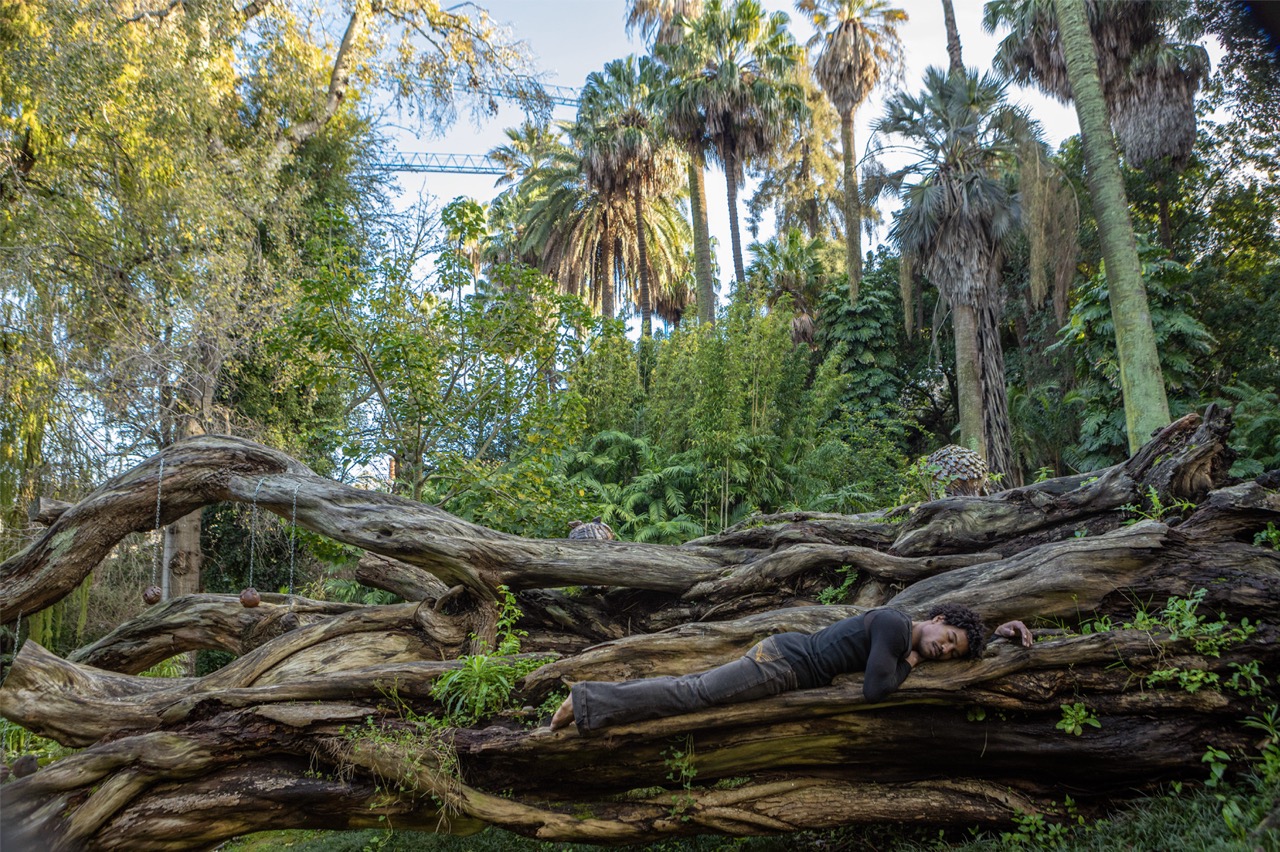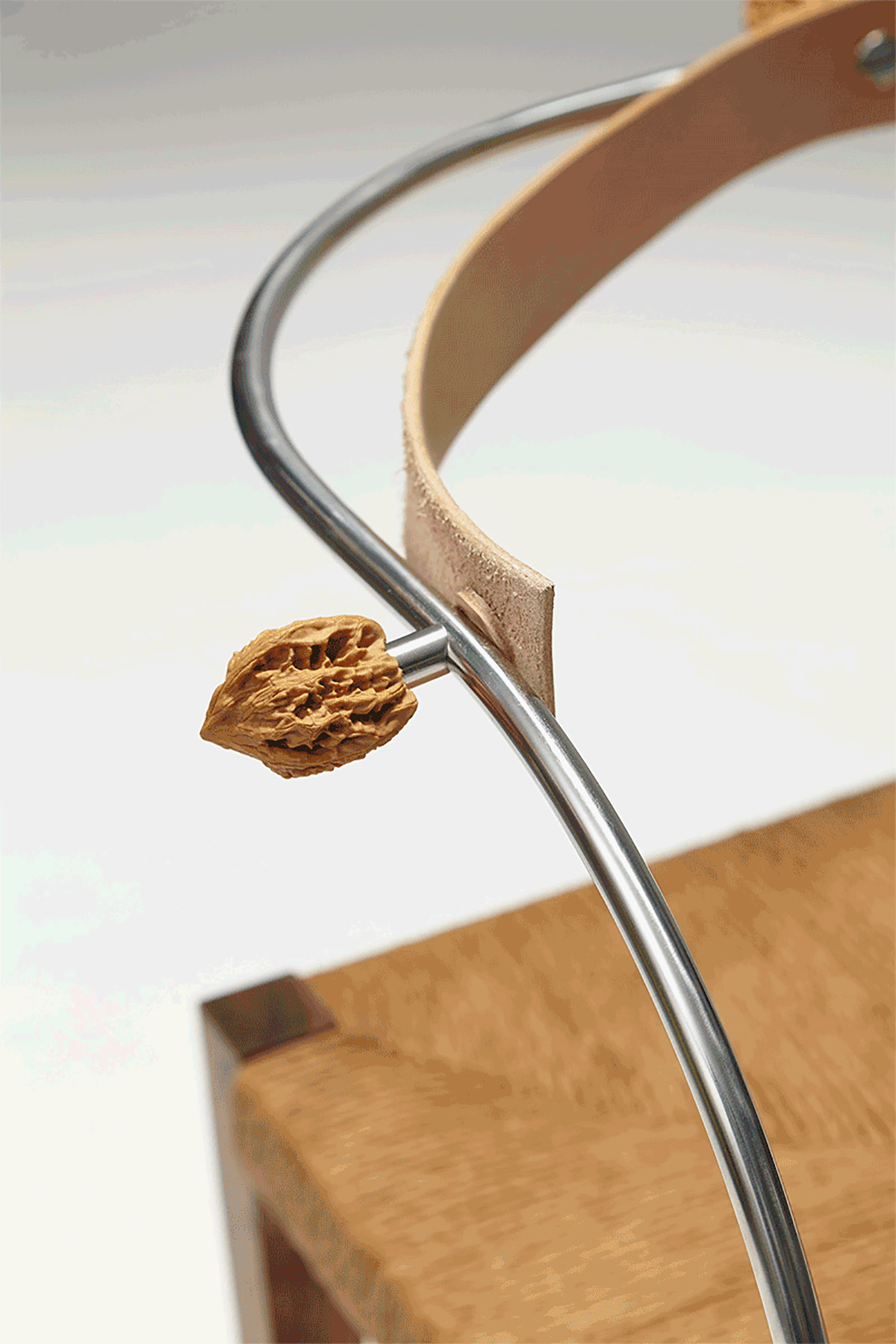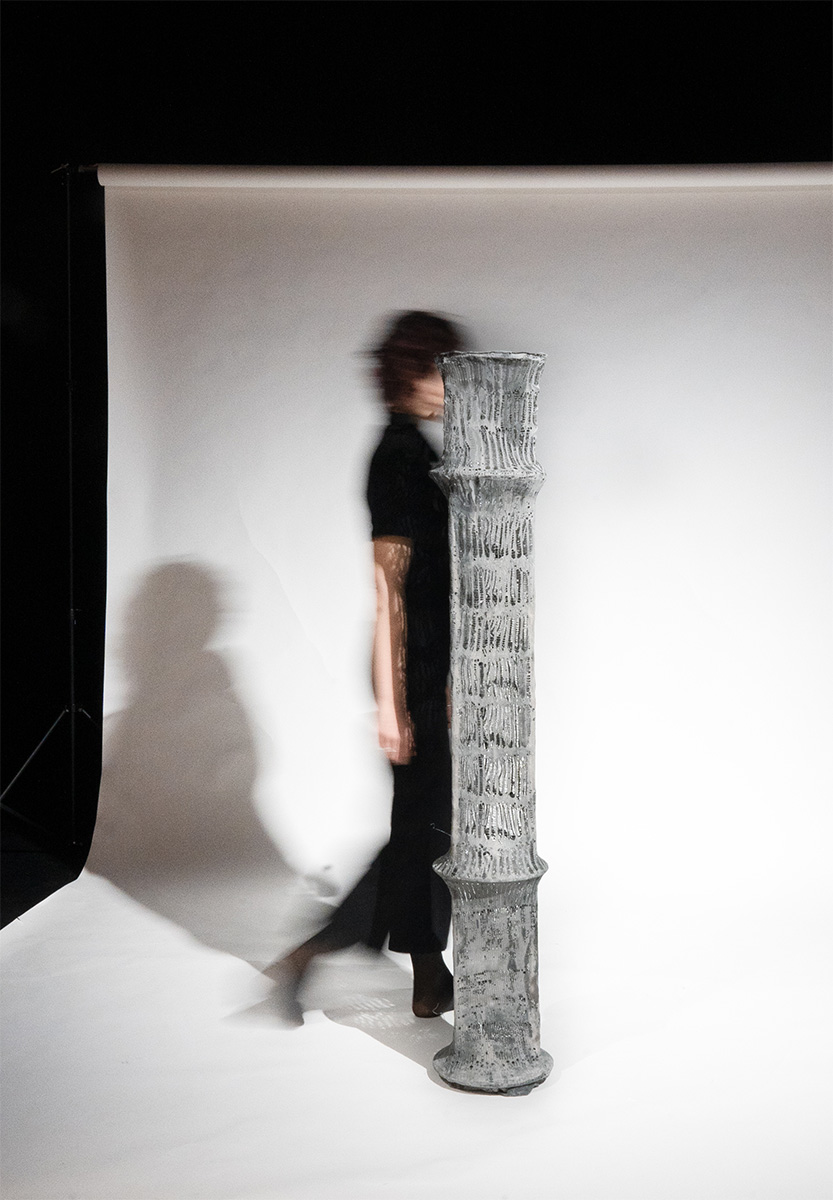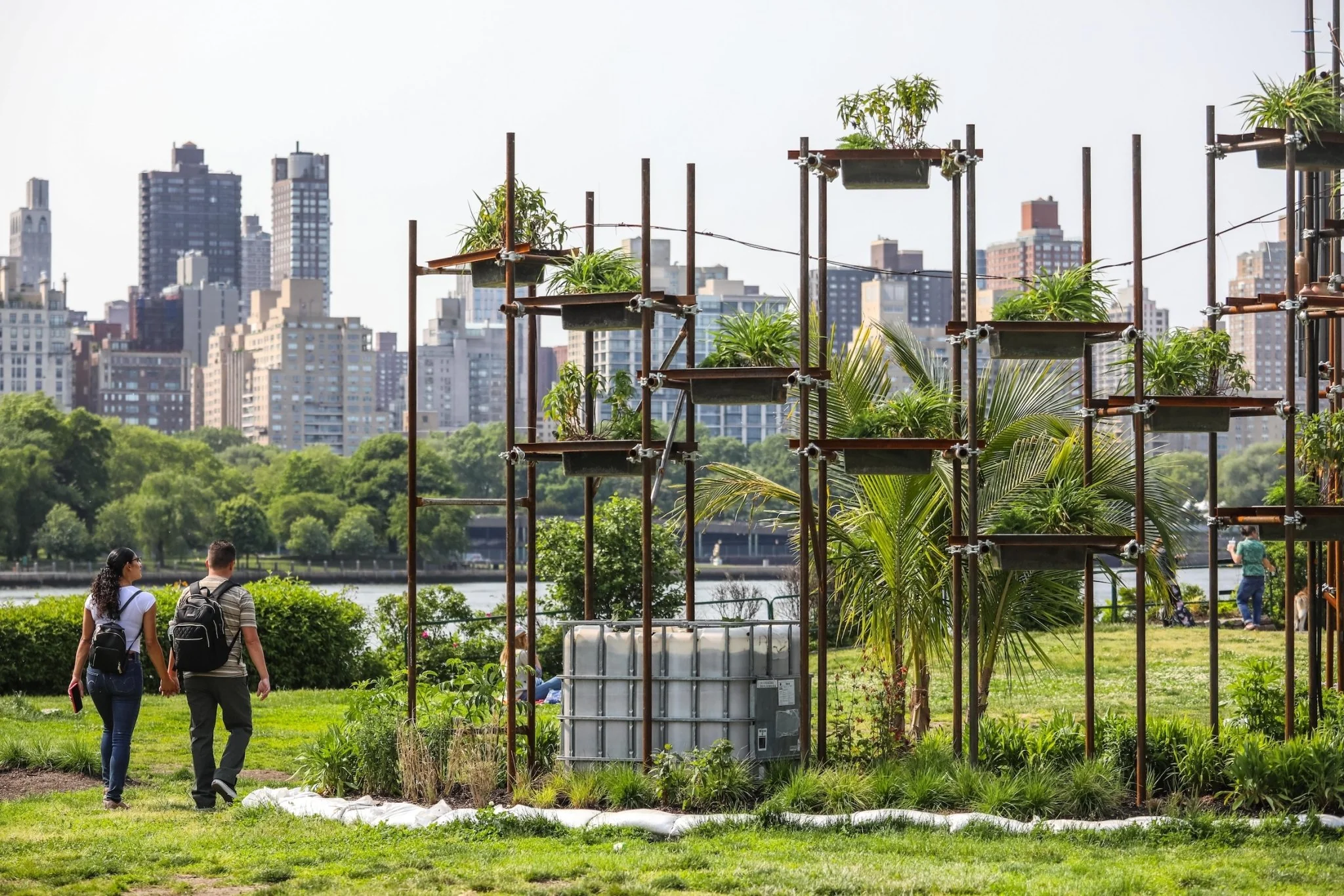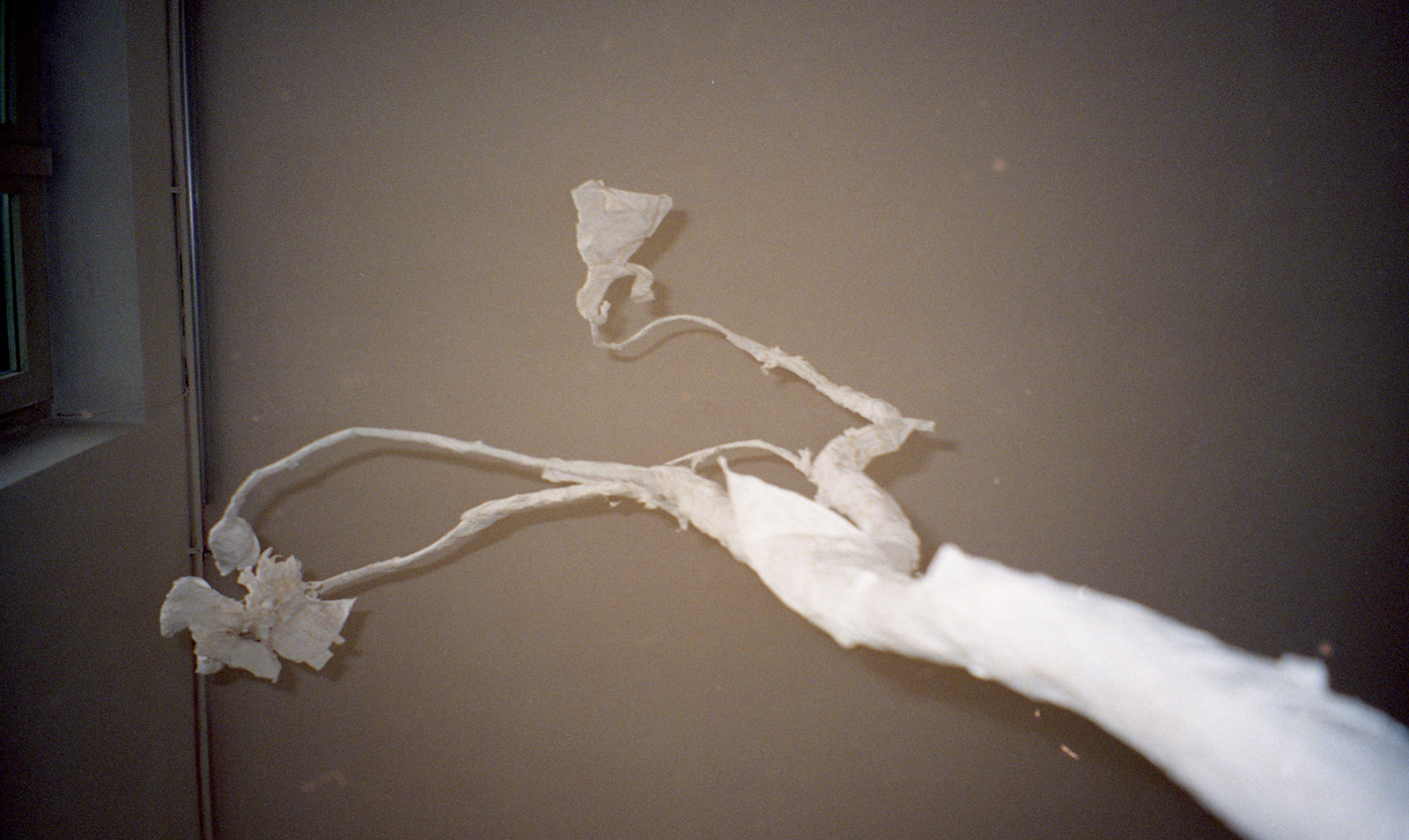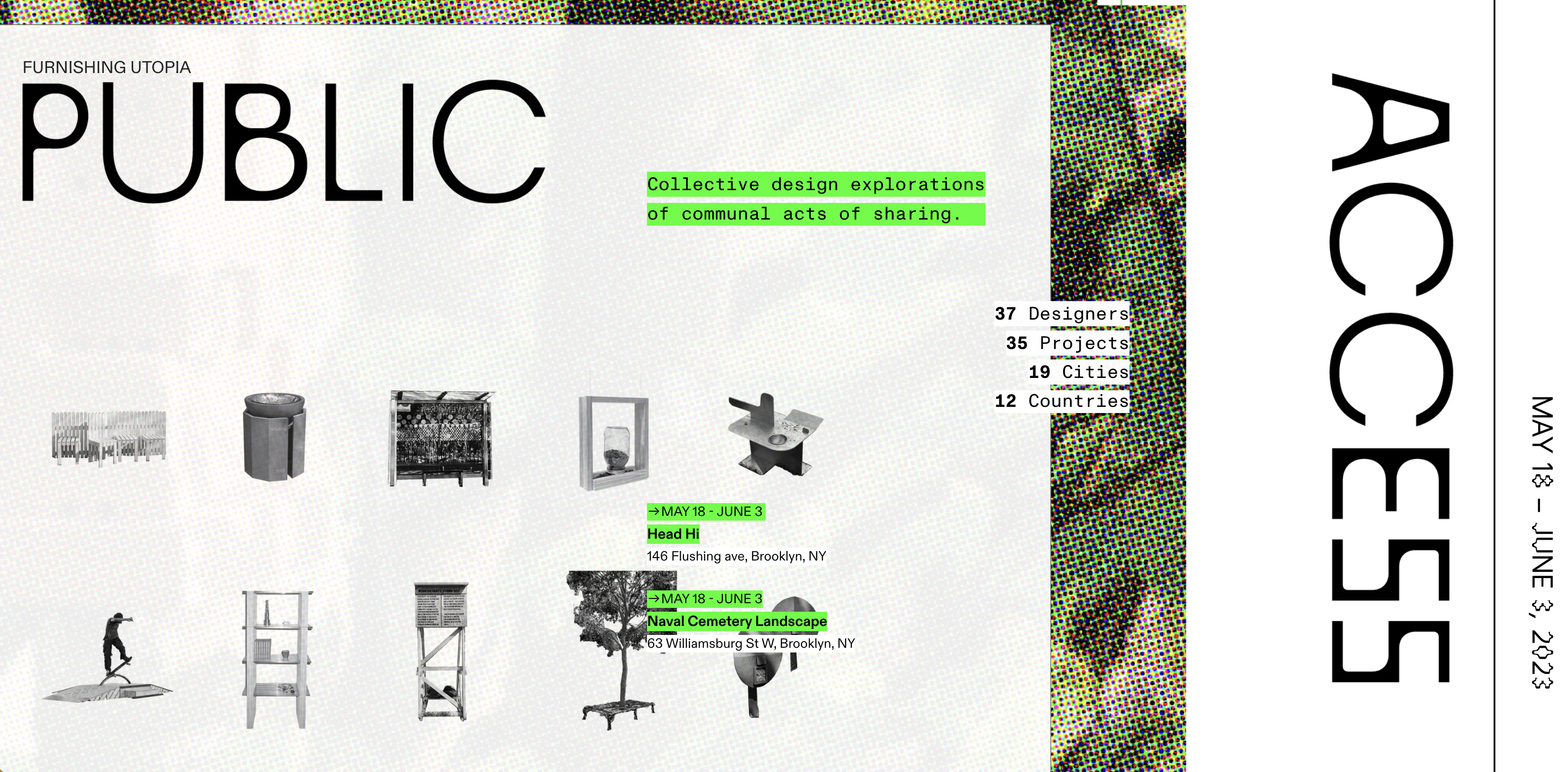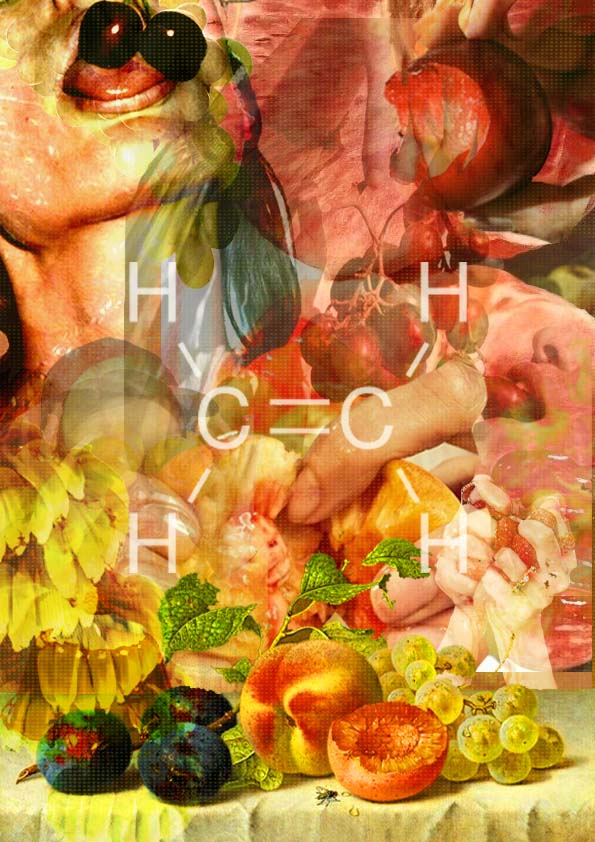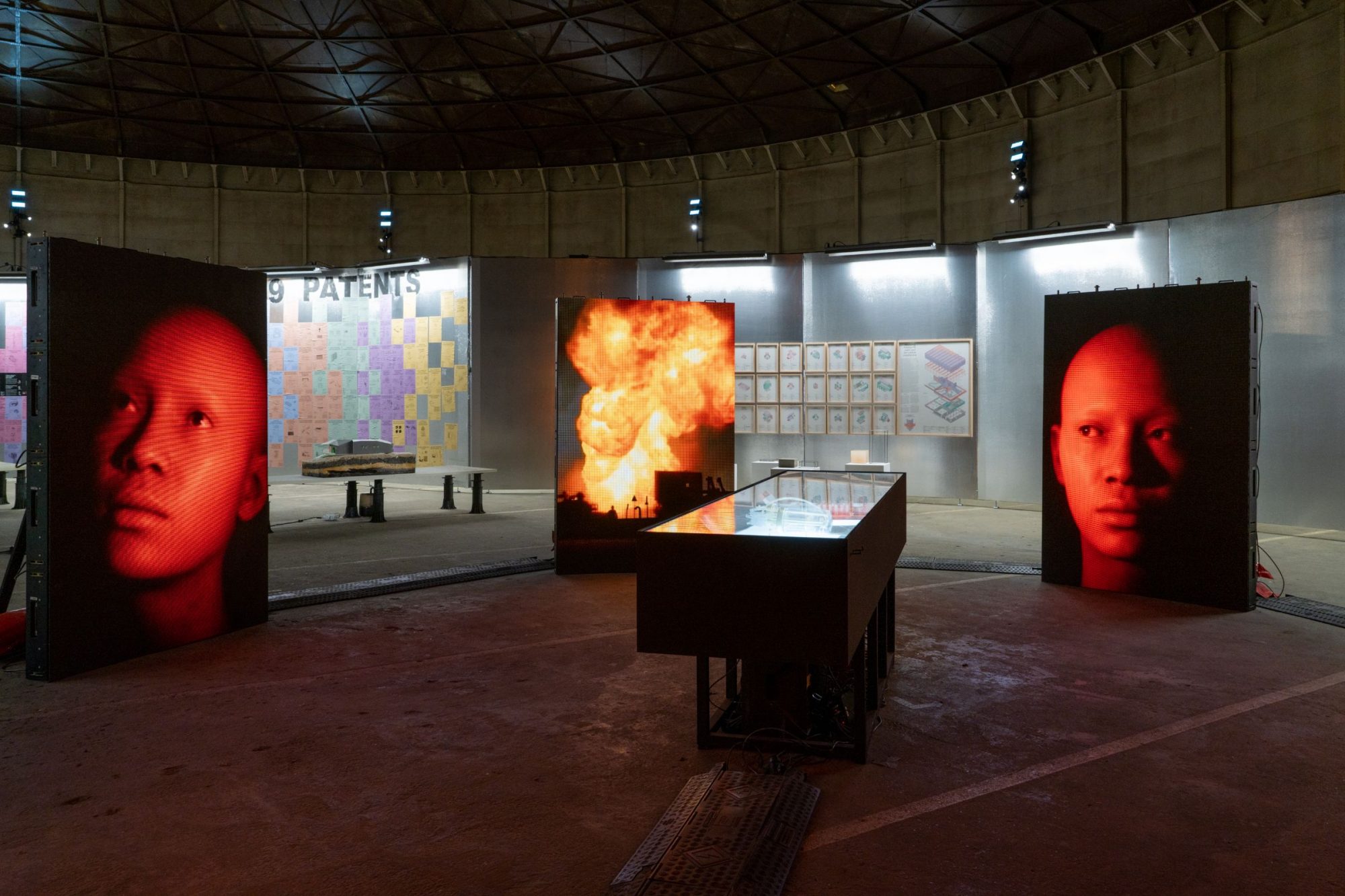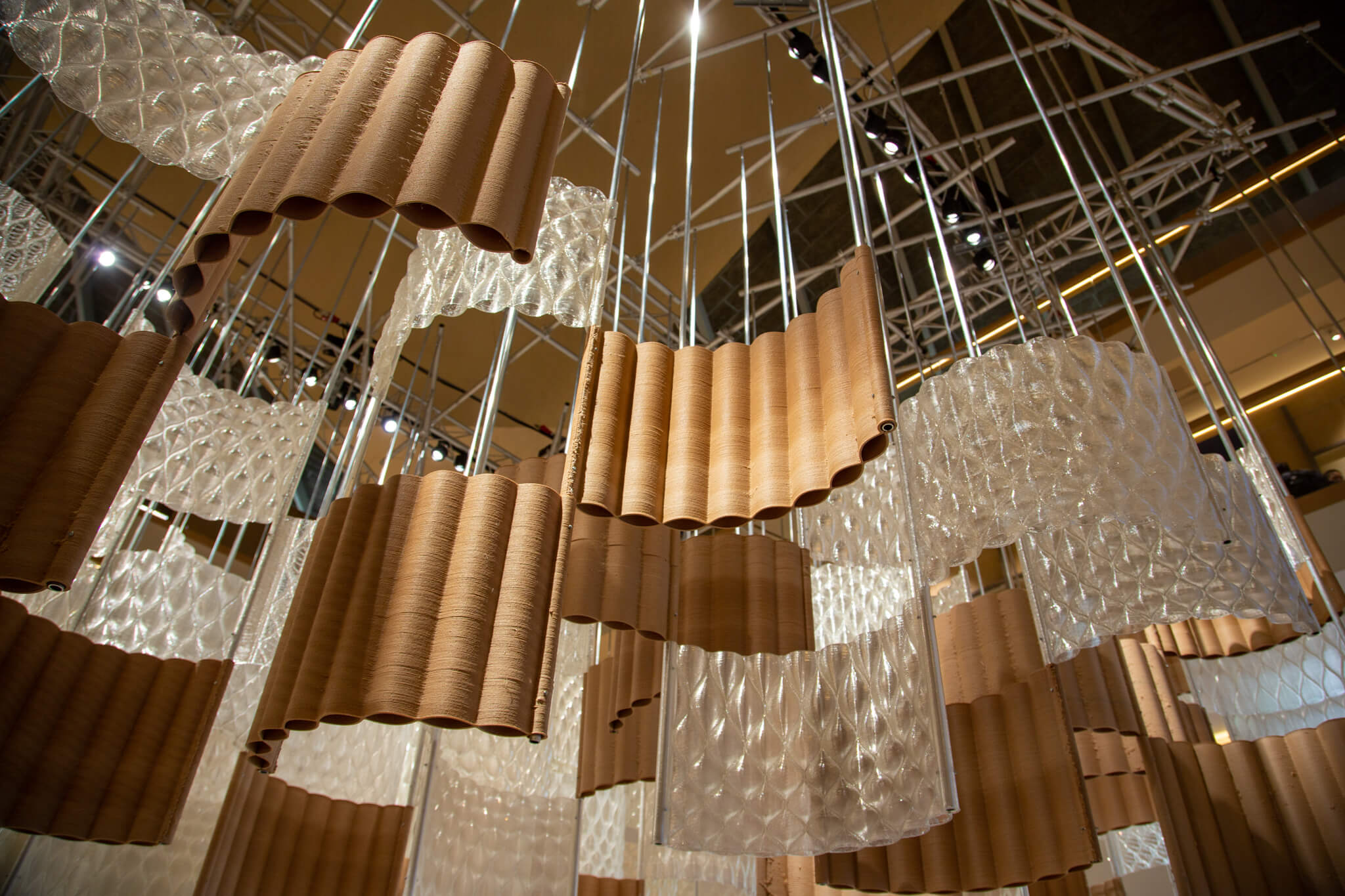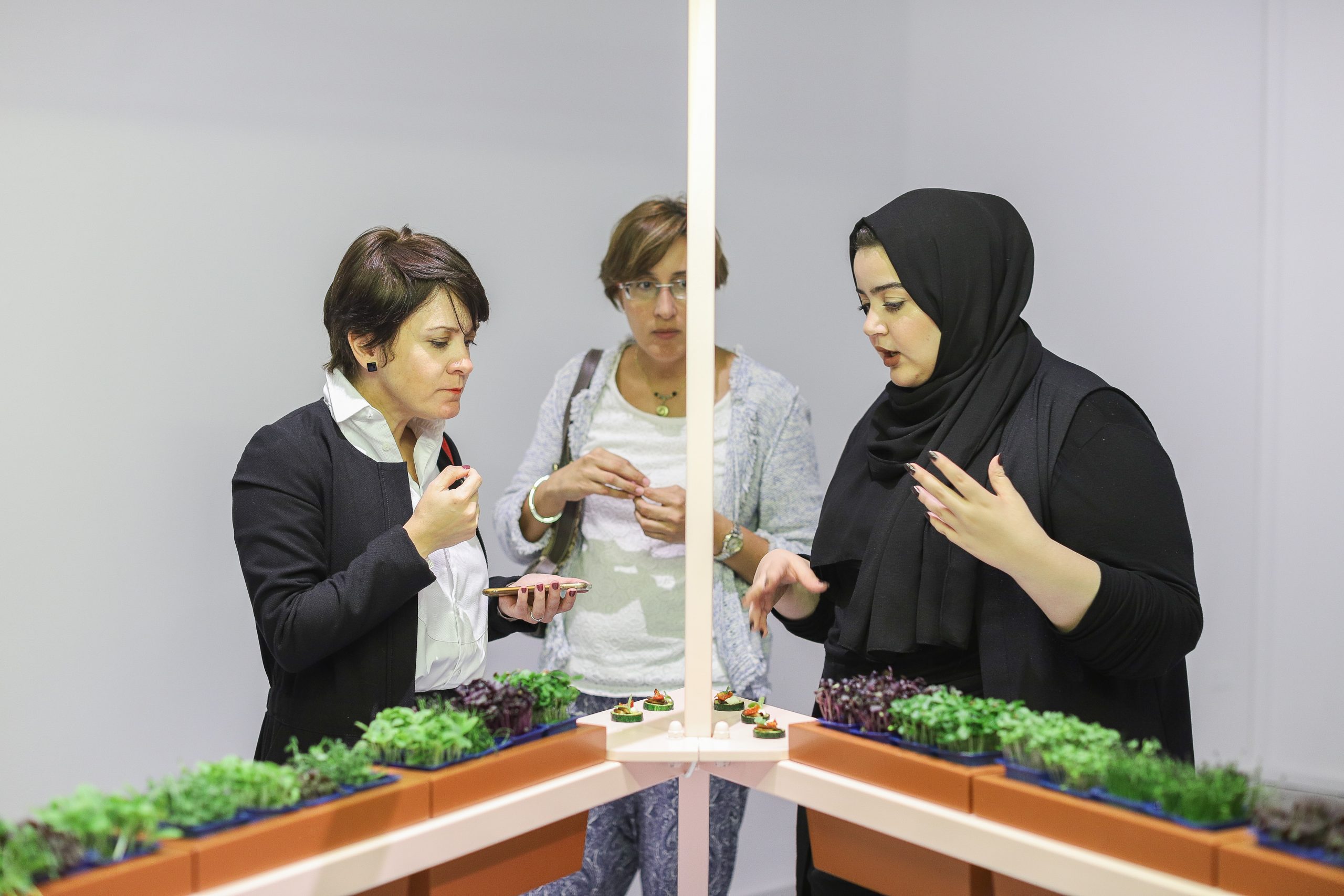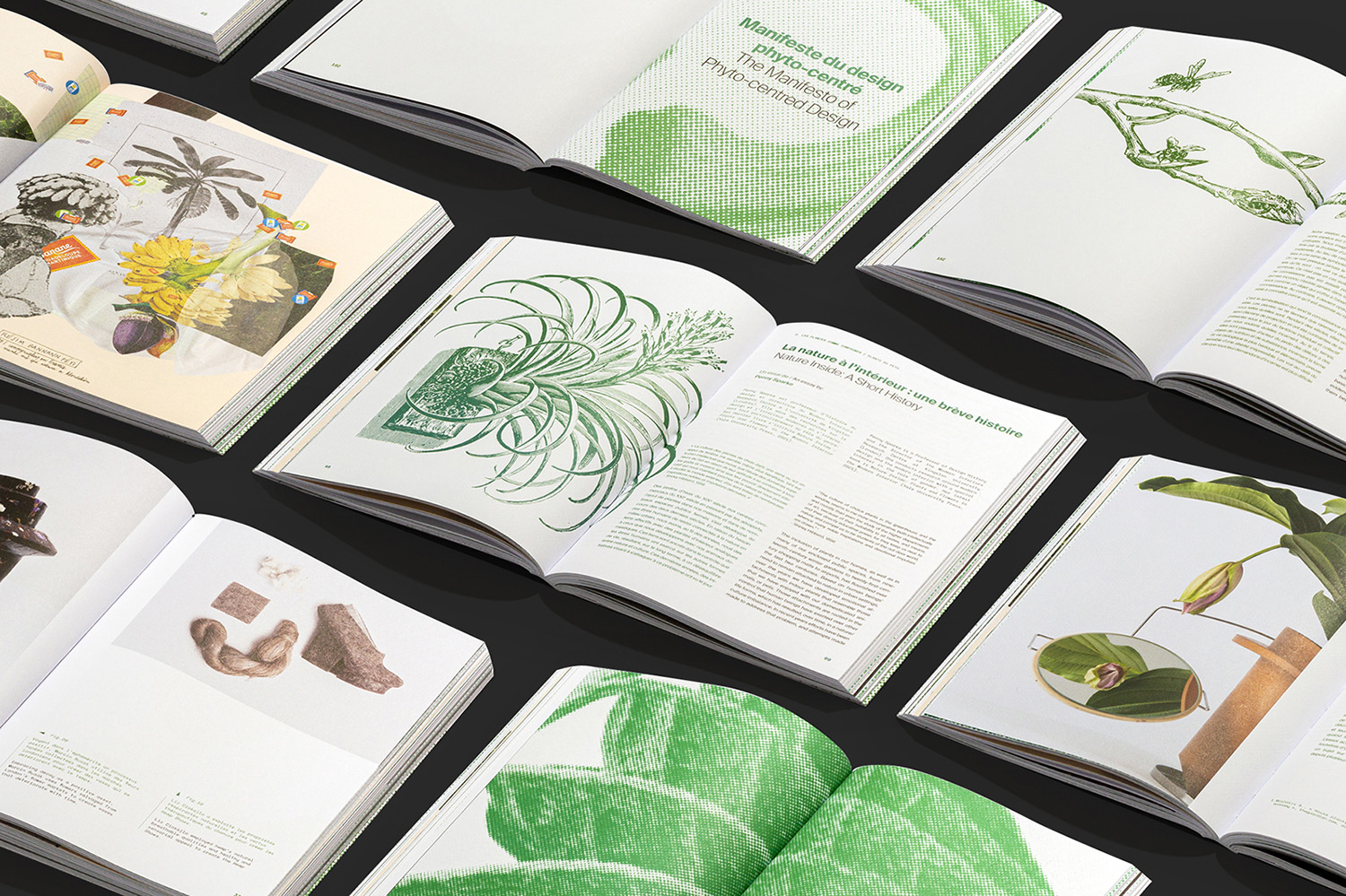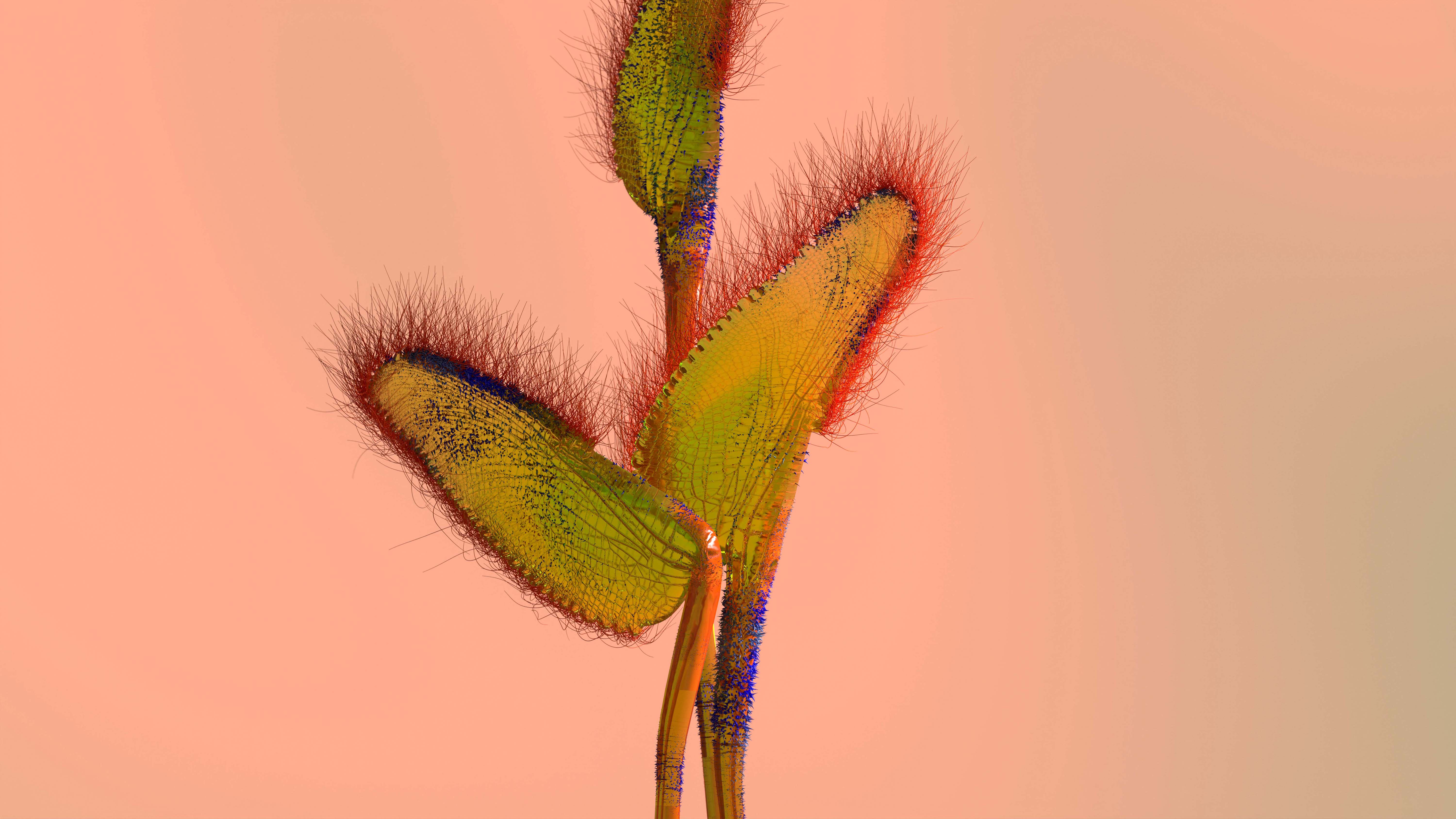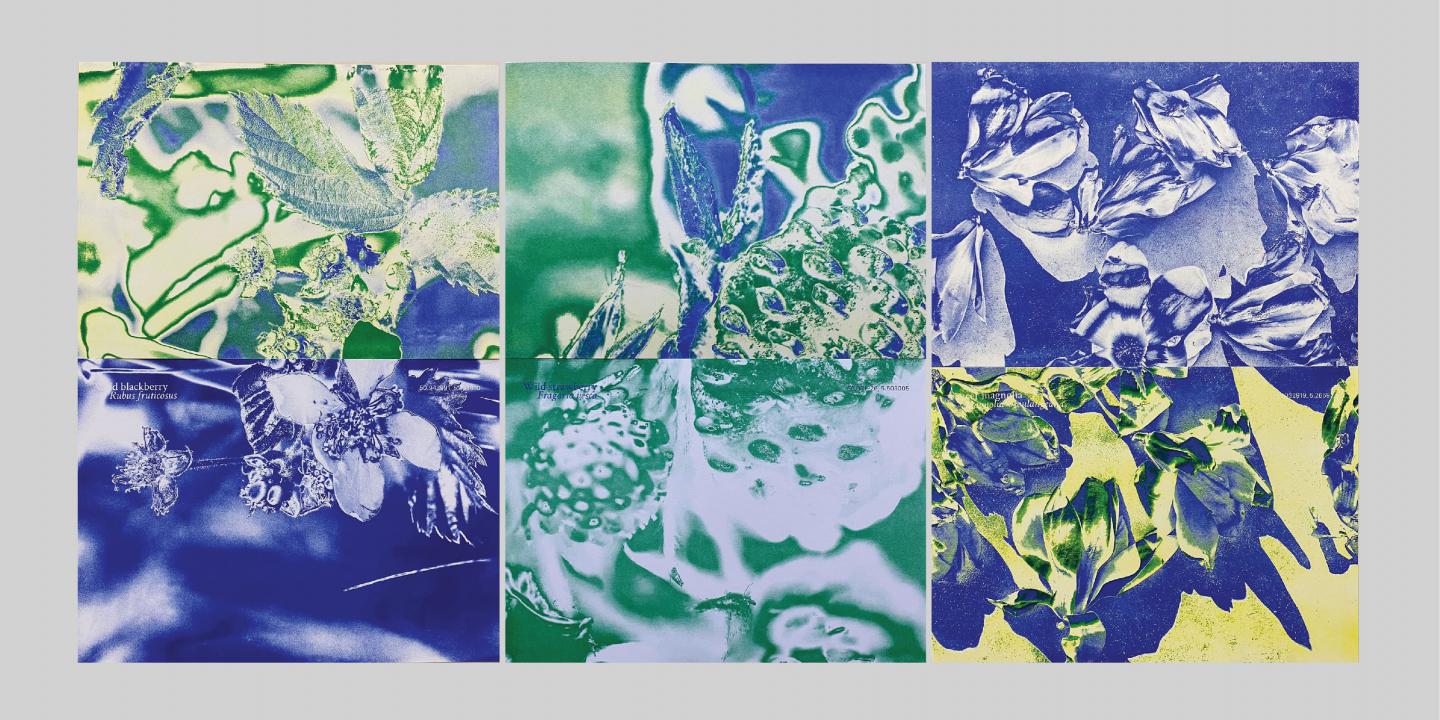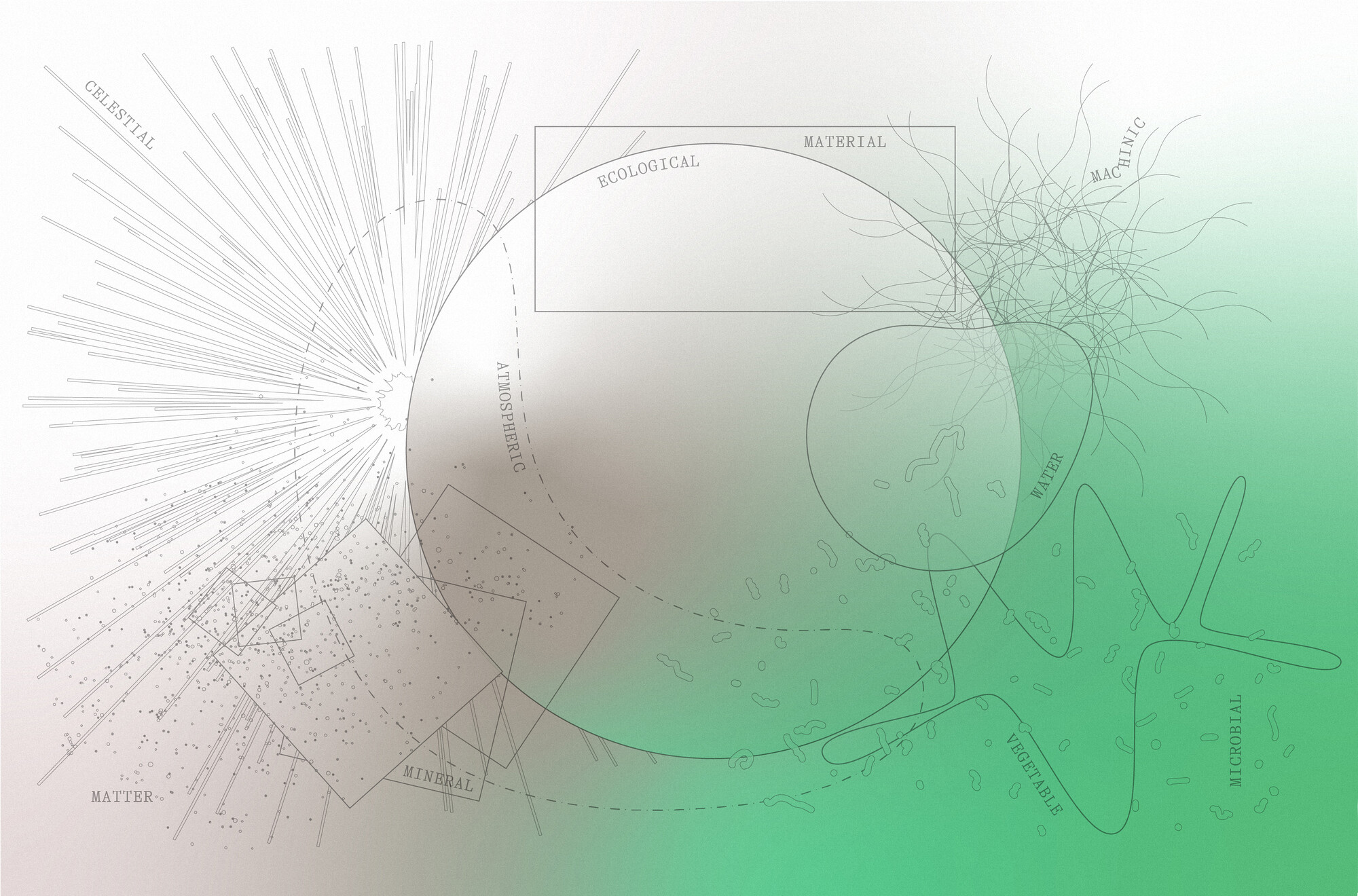In my first year at culinary school Dr. Prabhakar Sastri introduced us to a class on “science of cooking”. Math and science in high school were a struggle and my first reaction to this class was fear and dread. But this wasn’t like I imagined. I was re-visiting formulas and baking better. We looked at ingredients in depth to understand their composition and I was cooking better, and delicious food. (shout-out to Harold McGee!)
We often tend to silo off the sciences and the arts. But food is complex–it’s a science and an art. It gives us nutrition for health and delicious tastes for pleasure. A plate of food could tell stories of a movement or a cause, religious piety, celebration or of history about places and people responsible for creating the dish. You may even hear the crunchy or slurpy stories of unknown cuisine and cultures, the embracing of technology or the clinging on to classicalism. Through food, we can be classified religiously, economically and socially.
But what are some of the building blocks of this complexity? Every substance we eat and drink is made of a combination of elements from the periodic table. They react differently with each other and with every process we apply to create something edible and tasty from a food source.
It’s been a great opportunity to collaborate with the Science Gallery Bangalore on their exhibition ELEMENTS and to take the elements of science and to use cooking and taste to create an experience to understand the Edible Elements that we come across in our daily lives and see them through the stories and how this element interacts with the food on the period table and beyond.
As a cook, it’s been interesting to look at these elements in a new light and explore their composition deeper and has left me with more questions than before, to what effect does cooking change the elemental composition of the ingredient. Do a combination of elements have particular tastes? How do aspects of agriculture, biodiversity, climate change, air influence the elemental composition of different food-sources?
The Edible Elements Tasting Experience features twenty elements from our everyday lives. These elements are represented by an ingredient or dish. Visitors are allowed to create their own permutations and combinations of elemental flavors from the periodic table. Not just taste but visitors are encouraged to smell, touch and listen to stories of these ingredients beyond the periodic table.
But the tasting and thinking is not meant to stop there. Similar to how food is continuously evolving the periodic table is as well (and being turned upside down). We want our visitors to leave with the thought of— As cooks and eaters can keeping in touch with our elements change the way we see our food socially, nutritionally, economically and politically?
Link to Event https://insider.in/edible-elements-oct9-2019/event
This exhibition is a part of ELEMENTS a week-long exhibition which celebrates the 150th anniversary of the Periodic Table curated by Science Gallery Bengaluru, in partnership with the Royal Society for Chemistry and the Jawaharlal Nehru Centre for Advanced Scientific Research. Visitors can engage with the iconic periodic table and the nuances of the chemical substances that make it up at the Rangoli Metro Art Centre from 5 October to 11 October 2019.





